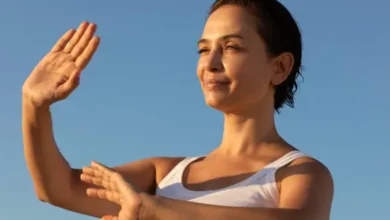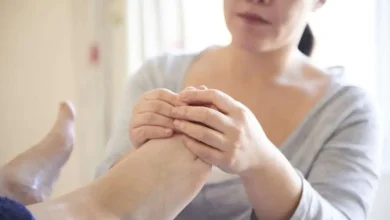Tai Chi: A Beginner’s Guide to This Mind-Body Practice
Introduction to Tai-Chi
So, you’ve seen people moving slowly and gracefully in the park early in the morning and have ever wondered what they’re doing? That, my friend, is likely Tai Chi.
Tai-Chi (pronounced “tie-chee”) is a gentle, flowing practice that combines movement, breathing, and meditation into a powerful, health-boosting package. It’s not just for older people or those interested in Eastern philosophy — Tai-Chi is for everyone.
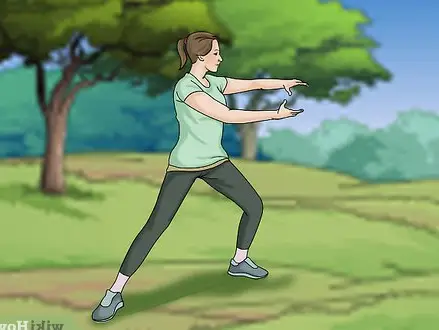
Origins and History
Ancient Chinese Roots
Tai-Chi traces its origins back over 700 years, deeply rooted in ancient Chinese philosophy and martial arts traditions. Initially developed for self-defense, it evolved into a holistic health practice.
Taoism and Martial Arts Connection
Tai Chi is strongly influenced by Taoist principles, especially the idea of harmony between opposites. It also borrows heavily from traditional Chinese martial arts, particularly the internal styles, such as Qigong and Bagua.
What Exactly Is Tai Chi?
Definition and Philosophy
At its core, Tai Chi is a “moving meditation.” It involves slow, controlled movements designed to cultivate energy (or “Qi”), enhance health, and promote balance between the mind and body.
How It Differs From Other Martial Arts
Unlike karate or taekwondo, Tai-Chi focuses on inner strength rather than brute force. It’s about redirecting energy rather than confronting it head-on. Think of it as water flowing around a rock rather than smashing into it.
Core Principles of Tai Chi
Yin and Yang Balance
Tai-Chi embodies balance, both physically and philosophically, as it harmonizes yin and yang through contrasting movements: soft and hard, still and moving, yielding and firm.
Chi (Qi)—The Life Force
Central to Tai Chi is Chi (also spelled Qi)—the invisible life force believed to flow through all living things. Tai Chi aims to maintain the smooth flow of energy.
Health Benefits of Practicing Tai Chi
Physical Health
Tai Chi has a laundry list of physical benefits:
- Improves flexibility, strength, and stamina
- Enhances balance and coordination
- Reduces the risk of falls
- It helps manage chronic conditions like arthritis and hypertension
Mental and Emotional Well-being
This practice isn’t just about the body — Tai Chi is great for your mental health too:
- Reduces stress and anxiety
- Promotes better sleep
- Sharpens focus and memory
- Fosters a sense of calm and well-being
Tai-Chi vs. Yoga
Similarities
Both Tai Chi and yoga emphasize breath control, mindfulness, and slow, deliberate movement. They’re often mentioned together as low-impact, mind-body practices.
Key Differences
- Tai Chi is done standing, always moving
- Yoga includes poses (asanas) that are often static and done on the mat
- Tai Chi originates from China, yoga from India
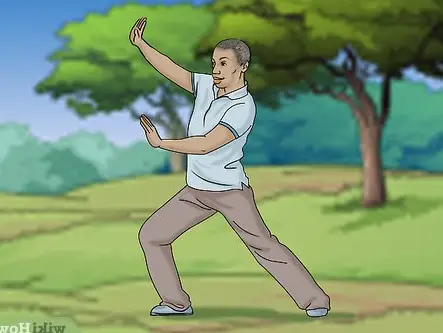
Different Styles of Tai-Chi
Chen Style
The oldest form of Tai-Chi. It includes fast and slow movements, along with explosive releases of power called “fa jin.”
Yang, Wu, and Sun Styles
- Yang: Most popular, smooth and graceful
- Wu: Emphasizes small movements
- Sun: Incorporates elements of Qigong, ideal for seniors
Basic Tai Chi Movements
Common Beginner Moves
Some basic movements you might encounter include
- Grasp the Bird’s Tail
- Parting the Wild Horse’s Mane
- Wave Hands Like Clouds
Flow and Rhythm
Tai Chi isn’t about speed; it’s about achieving a state of being in the moment. Each movement flows into the next, creating a seamless, dance-like form.
The Role of Breathing
Deep Diaphragmatic Breathing
Breathing in Tai Chi is slow, deep, and controlled, usually through the nose. It helps regulate your nervous system and brings a sense of inner calm.
Coordination With Movement
Each inhale and exhale is synced with movement. Breathe in as you gather energy; breathe out as you release it. This creates a perfect balance of action and relaxation.
Meditation in Motion
Mindfulness in Practice
Tai-Chi is often referred to as “meditation in motion” for good reason. While moving, you’re fully present and aware of your body, breath, and surroundings.
Mental Clarity and Focus
Practising regularly can lead to enhanced mental clarity, reduced brain fog, and improved emotional regulation.
Tai-Chi for Seniors
Gentle on Joints
Tai-Chi is a favorite among older adults because it’s low-impact and easy on the joints: no jumping, no pounding — just smooth, joint-friendly motions.
Enhances Balance and Reduces Falls
Numerous studies have shown Tai Chi significantly reduces the risk of falls among seniors by improving balance, strength, and coordination.
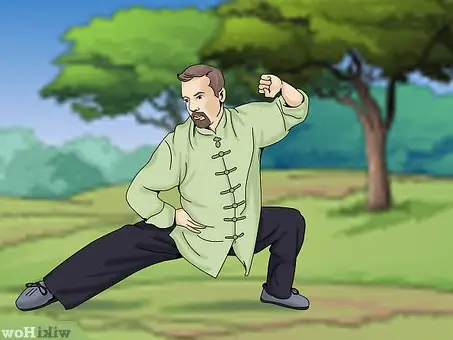
How to Get Started with Tai Chi
What You Need
- Comfortable clothing
- Flat shoes or barefoot
- An open, quiet space
Finding a Class or Teacher
Look for certified instructors in your area. Check out local YMCA programs, senior centers, or search platforms like the Tai Chi Foundation.
Practicing Tai-Chi at Home
Online Resources
There are numerous excellent YouTube channels and online classes available. Some favorites:
Setting Up Your Space
Clear a small area, wear comfortable clothes, and eliminate distractions. Even 15 minutes a day can make a difference.
Common Misconceptions About Tai Chi
“It’s Just Slow Motion” Myth
Tai Chi’s slow movements belie its power. It works your muscles, challenges your balance, and engages your mind.
Is It Effective?
Yes — studies from institutions like Harvard Medical School have shown Tai Chi improves everything from heart health to cognitive function.
Tips for Beginners
Staying Consistent
Start slow — even 5 to 10 minutes a day is better than nothing. Over time, your body and mind will become accustomed to it.
Avoiding Frustration
Don’t worry about getting every movement perfect. Tai-Chi is a continuous process, not a final achievement. Enjoy the process.
Tai-Chi in Popular Culture and Science
Clinical Research
Studies show Tai Chi helps with arthritis, Parkinson’s, heart disease, and even anxiety and depression. Check out this clinical review for a deep dive.
Tai-Chi in Movies and Media
Tai Chi has been featured in movies like “The Tai-Chi Master,” starring Jet Li, and even shows like “Avatar: The Last Airbender,” which drew inspiration from its movements.
Conclusion
So, what is Tai Chi? It’s more than just slow movements in the park — it’s a powerful, ancient practice that brings balance to your body, mind, and spirit. Whether you’re looking to reduce stress, move more freely, or try something new, Tai Chi offers something for everyone.
Don’t overthink it. Just start. Take a deep breath, move with intention, and let the journey begin.
FAQs
1. Can I practice Tai-Chi if I’m out of shape or overweight?
Absolutely. Tai-Chi is very forgiving and adaptable. You go at your own pace.
2. How often should I practice Tai-Chi to see results?
Even 15-20 minutes a day, 3 times a week, can lead to noticeable improvements.
3. Is Tai Chi a religious practice?
No. While it has roots in Taoist philosophy, Tai-Chi is a secular, meditative movement practice suitable for all backgrounds and individuals.
4. Can kids practice Tai-Chi too?
Yes! It can help children with focus, coordination, and stress relief.
5. What’s the best time of day to do Tai-Chi?
Most people love practising it in the morning to energize or in the evening to unwind. Whatever fits your schedule works!
Learn More: What Is Tai-Chi? A Beginner’s Unique 15 Guides!
